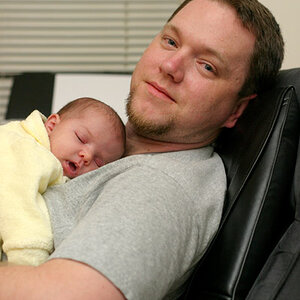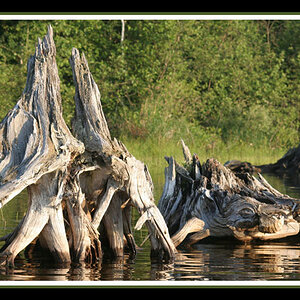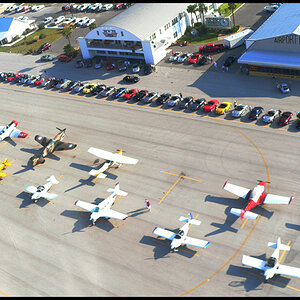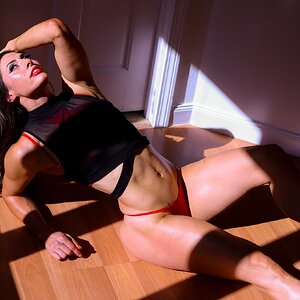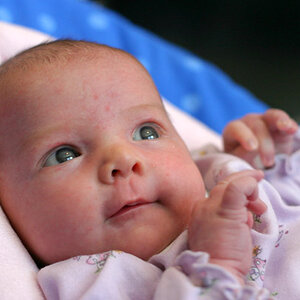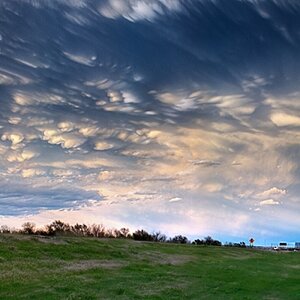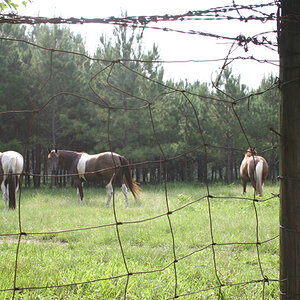yubnub
TPF Noob!
- Joined
- Oct 20, 2013
- Messages
- 7
- Reaction score
- 0
- Location
- UK
- Can others edit my Photos
- Photos OK to edit
Hi,
Apologies if this question does not strictly fall into "product" photography, however as this is what I hope to be doing I thought any pros or cons of what am am going to ask can also be aired.
So for my work we sell online and as such I am taking steps to get a small "studio" setup for the taking of product shots.
Upon various reading of articales/you tube watching that I have done, it seems that a lot of pro product photographers shoot with their camera tethered/connected to their laptop.
I can see the benefit of being able to see a large image of the shot you have just taken without the need to continually swap memory cards around etc. I feel that as I am so new to all of this I am going to be doing a lot of experimenting with my shots/studio, therefore i think this setup could be ideal.
my question is, can all cameras tether/be connected to the laptop/software in this way? - or is it a feature limited to some models, or is additional firmware/software/hardware required. Also what software is capable of doing this? - I have seen light room mentioned, can photoshop itself do such things,
Many thanks in advance,
anthony
Apologies if this question does not strictly fall into "product" photography, however as this is what I hope to be doing I thought any pros or cons of what am am going to ask can also be aired.
So for my work we sell online and as such I am taking steps to get a small "studio" setup for the taking of product shots.
Upon various reading of articales/you tube watching that I have done, it seems that a lot of pro product photographers shoot with their camera tethered/connected to their laptop.
I can see the benefit of being able to see a large image of the shot you have just taken without the need to continually swap memory cards around etc. I feel that as I am so new to all of this I am going to be doing a lot of experimenting with my shots/studio, therefore i think this setup could be ideal.
my question is, can all cameras tether/be connected to the laptop/software in this way? - or is it a feature limited to some models, or is additional firmware/software/hardware required. Also what software is capable of doing this? - I have seen light room mentioned, can photoshop itself do such things,
Many thanks in advance,
anthony


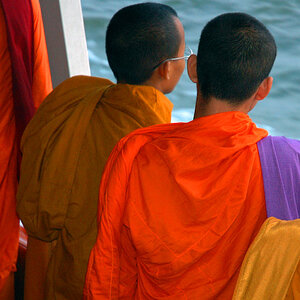
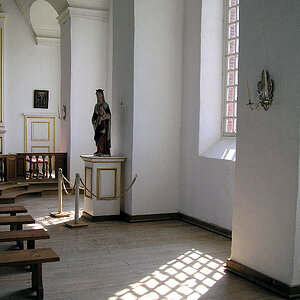
![[No title]](/data/xfmg/thumbnail/36/36665-7c494bf98537fba5ac87ac5ad6bda658.jpg?1619737676)
![[No title]](/data/xfmg/thumbnail/34/34061-e097813b3719866d07ff3e78e8119ffa.jpg?1619736258)
